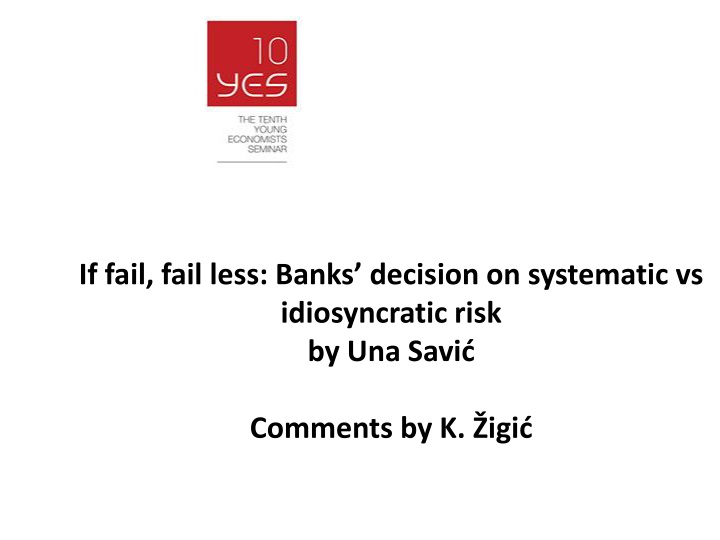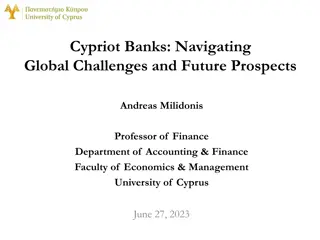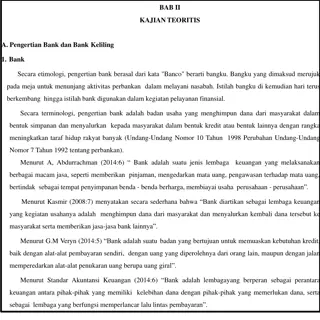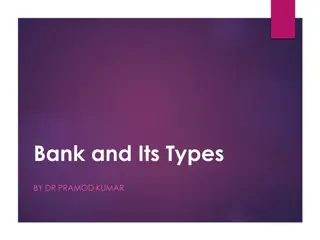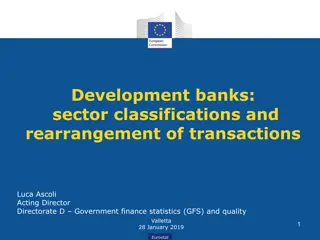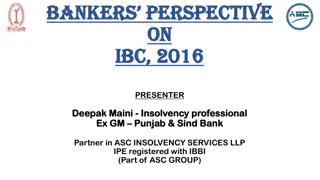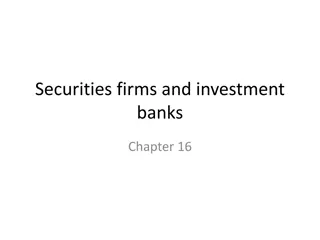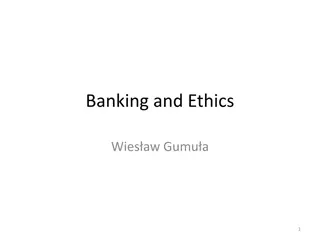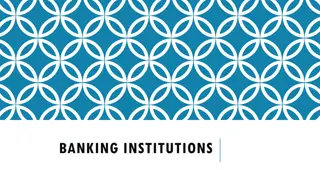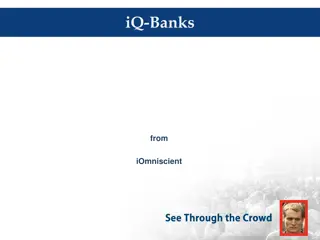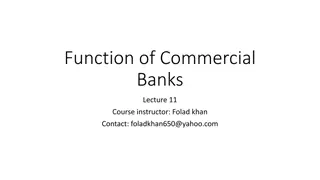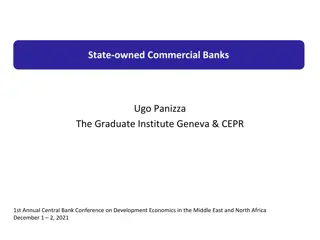Banks Decision on Systematic vs. Idiosyncratic Risk
The paper explores the impact of a regulatory channel on banks' risk choices, focusing on systematic and idiosyncratic risks. It discusses a fail-less bailout policy, incentives for efficient project investments, and reduction of herding incentives. Comments from reviewers highlight the technical depth, the need for better motivation in model development, and considerations for real-world applications.
Download Presentation

Please find below an Image/Link to download the presentation.
The content on the website is provided AS IS for your information and personal use only. It may not be sold, licensed, or shared on other websites without obtaining consent from the author.If you encounter any issues during the download, it is possible that the publisher has removed the file from their server.
You are allowed to download the files provided on this website for personal or commercial use, subject to the condition that they are used lawfully. All files are the property of their respective owners.
The content on the website is provided AS IS for your information and personal use only. It may not be sold, licensed, or shared on other websites without obtaining consent from the author.
E N D
Presentation Transcript
If fail, fail less: Banks decision on systematic vs idiosyncratic risk by Una Savi Comments by K. igi
Subject and Main Findings The effects of a particular regulatory channel on the banks choice between systematic and idiosyncratic risk. The regulator prefers to bail out the banks that have failed less. The ex post optimal fail less bailout policy Incentives for banks to invest in more efficient projects The reduction of the banks ex ante herding incentives
Comments (1) The author tackles very timely problem. It could provide a standard way to approach such problems, including number of mathematical formulations and statements. The technical" part of the paper is well done, well formulated Various robustness checks are provided.
Comments (2) Similar models use to be written down as an extension of some existing papers. Better motivation and justification needed Not much references to the existing literature; just a statements like "This describes a more realistic setup", which is not enough.
Comments (3) There is usually a certain degree of correlation between projects. It is unrealistic to have only perfect correlation or no correlation at all. What about the banks which were successful in project realization taking over the banks that failed? In addition, the regulator may force the bank to split
Comments (4) This makes the cost to society a bit different The regulatory environment differs substantially by countries This could be discussed in the last part of the paper when talking about the model real- world application. What about the size of the bank? (Citi and unknown local bank will have different treatment by regulator)
LOSS IN EQUITY OF THE LARGEST US BANKS AND GSE IN THE PERIOD JUNE 2007-DECEMBER 2008 Financial institution Writte-offs and credit losses (billions of USD) Return on equity (June 2007- December 2008) Fannie Mae 151.4 -98.1% Citigroup 130.4 -82.5 Freddie Mac 118.1 -98.0 Wachovia 101.9 -88.3 Bank of America 97.6 -67.8 AIG 97.0 -97.6 JPMorgan 69.0 -31.5 Merrill Lynch 55.9 -85.2 Wells Fargo 47.4 -10.8 Washington Mutual 45.3 -99.9 National City 25.2 -94.3 Morgan Stanley 23.4 -76.0 Source: Viral V. Acharya, Nirupama Kulkarni, and Matthew Richardson Capital, Contingent Capital, and Liquidity Requirements , In: Viral V. Acharya, Thomas F. Cooley, Matthew Richardson, Ingo Walter (2011) Regulating Wall Street, John Wiley & Sons, Inc, New Jersey, p. 147. 7
